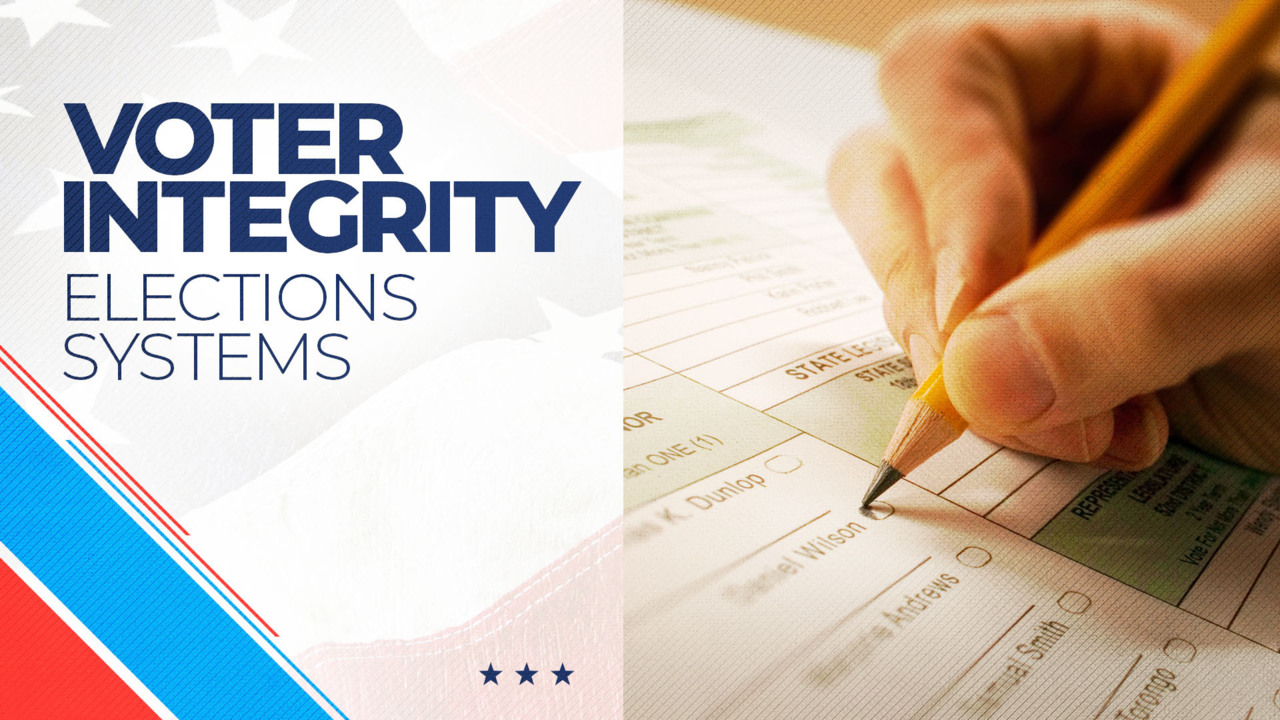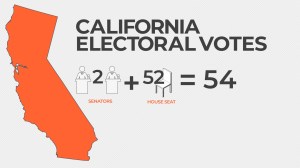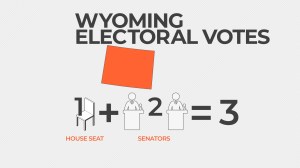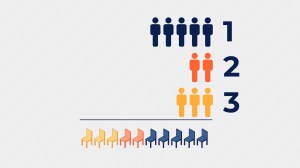
Commentary
-
Our commentary partners will help you reach your own conclusions on complex topics.
Free and fair elections are the foundation of democratic societies. But not all elections are the same. There are two main types of election systems: Single member, simple plurality and proportional representation.
The United States uses the single member, simple plurality system, OR SMSP, along with 62 other countries around the world for their legislatures.
How does it work? A single representative is chosen after receiving a majority of votes. Whether it be a statewide election, a congressional district, or city. So what are the advantages of SMSP systems? For that lets bring in Straight Arrow News Contributor Professor Daron Shaw.
Shaw says: There’s also greater accountability of representatives to the members. It’s not disbursed over 10 members representing a single district, it’s a particular individual. And because you have to win a plurality in order to get any representation it encourages aggregative, coalitional politics at the electoral level. Before the election Because parties that don’t have a chance of winning a plurality have incentives to combine with larger parties that are closer to their preferred policy preferences.
Presidential elections are run differently – using the electoral college.
Shaw says: What you have in the United States is a system in which each state has its own election and the plurality of the vote decides who gets the electors from that state.
A candidate needs 270 electoral votes to win the presidency, out of the possible 538. The number of electoral votes a state has is equal to the number of representatives in the US congress plus their two US senators. Wyoming has one House seat plus two Senators so three electoral votes. After the 2020 census – California has two senators and 52 house seats totalling 54 electoral votes.
Shaw says: In this case what we have is instead of a single member simple plurality, we have a multi-member simple plurality.
The other system is proportional representation.
Here’s how it works. Let’s say a city council has ten open seats. Multiple political parties could have ten of their members run in the same election. If party one receives 50 percent of the vote, they get 5 representatives on the council, Party two receives 20 percent of the vote and therefore two seats. Party three, thirty percent and 3 seats.
Shaw says: “So in other words there’s a proportional number of seats based on votes.”
It’s pretty popular. 96 countries use it, including 40 in Europe.
Shaw says: “Proponents say it increases fairness because there is this closer relationship between seats to votes. It encourages minor parties because you can actually get represented with a smaller share of the vote. It tends to be more likely that you’ll get coalitions between and amongst political parties when it comes to governing because parties have to come together after the election to govern, and you avoid the problems associated with gerrymandering that is drawing districts that over represents certain groups compared to others.”
To learn more about about voting and elections in America, including voter ID and convenience voting keep watching our series on youtube or straightarrownews.com
-
Campaign finance: Money and politics’ relationship gets stronger
Money and politics go hand in hand and the totals going back to 2008 reveal the relationship is only growing stronger. In 2020, spending in federal elections totaled $14.4 billion. It’s been increasing for more than a decade: 2016: $6.5 billion 2012: $6.3 billion 2008: $5.3 billion Does money drive election results? Empirical analysis shows…
-
Voter ID: Facts and myths of identifying yourself at the voting booth
There’s an awful lot of debate about voter identification. Some fact, some fiction and a surplus of opinions. But what are the rules surrounding voter ID? Does it impact turnout? This article answers all those questions, but to sum it up: we certainly don’t have compelling evidence that there’s much to be gained from these…
-
How voter registration works across the United States
When U.S. citizens want to exercise their right to vote in America, they must first register. But the rules and requirements vary from state to state. “It’s important to remember that we do not register nationally in the United States. Rather we register at the level of the county,” Professor Daron Shaw said. Why are…
-
Same day, automatic registrations simplify voting in America
Voting in the United States is largely a two-step process. First you register, then you vote. But two options make voting a one-step process: same day registration and automatic registration. “The United States is somewhat distinct compared to other democracies in that we require voters for the most part to register prior to election day…
Latest Stories
-
 U.S. Department of Defense
U.S. Department of Defense
Congress still trying to figure out how to reduce wasteful military spending
-
 DVIDS
DVIDS
US Navy, Air Force making waves with new weapons at RIMPAC
-
 Getty Images
Getty Images
Israeli PM Netanyahu meets with Trump at Mar-a-Lago
-
 Getty Images
Getty Images
Growing US nuclear power resurgence reaches the nation’s heartland
-
 Getty Images
Getty Images
Beer from the sun, other solar thermal projects get government funding
Popular Opinions
-
In addition to the facts, we believe it’s vital to hear perspectives from all sides of the political spectrum.
Latest Opinions
In addition to the facts, we believe it’s vital to hear perspectives from all sides of the political spectrum. We hope these different voices will help you reach your own conclusions.
The opinions published in this section are solely those of the contributors and do not reflect the views of Straight Arrow News.


 A candidate needs 270 electoral votes to win the presidency out of the possible 538. A state’s electoral votes are equal to the number of representatives in the U.S. Congress plus its two U.S. senators. Wyoming has one House seat plus two Senators, so three electoral votes. After
A candidate needs 270 electoral votes to win the presidency out of the possible 538. A state’s electoral votes are equal to the number of representatives in the U.S. Congress plus its two U.S. senators. Wyoming has one House seat plus two Senators, so three electoral votes. After 
















Latest Commentary
We know it is important to hear from a diverse range of observers on the complex topics we face and believe our commentary partners will help you reach your own conclusions.
The commentaries published in this section are solely those of the contributors and do not reflect the views of Straight Arrow News.
Peter Zeihan
Geopolitical StrategistHow future generations could shift US support for Israel
Why election of European Commission president is so important
Protests in Bangladesh signal more trouble ahead
Dr. Frank Luntz
Pollster and Political Analyst‘I don’t know’: Swing voters debate who best to replace Biden
‘Mad as hell’: Americans vent anger, frustration over politics
‘On death’s door’: Undecided voters react to first debate